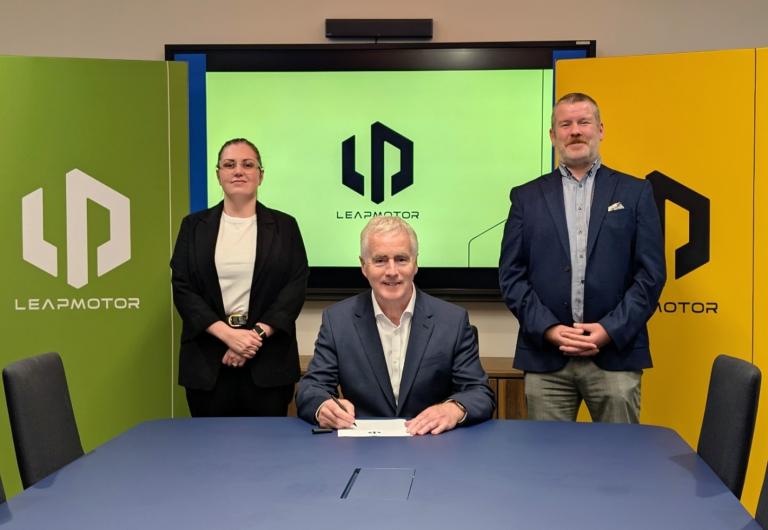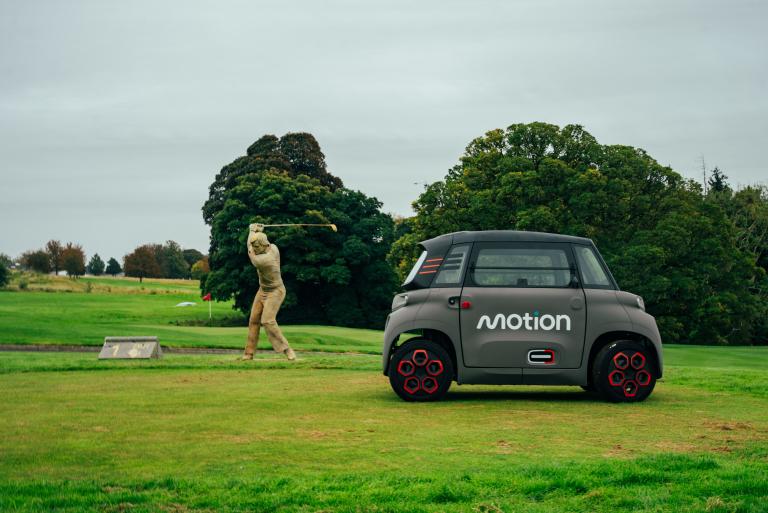The Merc on top of the world
Published on 17 January, 2021
Overview
At the risk of going all Disney and ending up in Pseud's Corner, I dream of seeing a massive car on the top of a mountain. Then, just like that incredible moment when the cub Simba was shown his future kingdom by his father Mufasa in The Lion King, I feel that the Mercedes-Benz S Class seems to be saying 'one day all this will be yours' to the rest of the car kingdom.
And I hear my son Marcus, more than 20 years ago when he was 11, asking, "Dad, when will other cars be like this one?"
No doubt we were testing a premium car at the time, possibly a Lexus or Volvo, but quite likely an earlier version of the S Class whose latest iteration has just arrived.
Volvo might have made much of the early running on safety equipment - like the three-point seatbelts which their engineer Nils Bohlin (poached from my beloved Saab, I will have you know) invented in 1959. Yet it has been Mercedes in more recent times who have pioneered so many technical developments, saving thousands of lives. More than often this technology would, like ABS in 1978, the airbag in 1981 and ESP in 1995, first be showcased in the S Class before trickling down to lesser models and to the wider car world.
The Mercedes flagship also popularised the use of crumple zones and pre-crash technology.
The latest model, which has arrived in standard and long wheelbase versions, is again no innovative slouch and enhancements include measures to protect the vehicle against vandalism, improved driver assistance packages, an active body control feature which raises the vehicle up to 8cm when a side impact threatens, new headlamp technology which projects warning symbols on to the road ahead, a multi-speaker 4D sound system with enhanced personalisation functions and an new 'over-the-air' system that automatically updates software for more than 50 components.
Other innovations include a front central airbag to prevent passengers clashing heads after a side impact and rear-seat airbags which unfold in case of frontal impact.
There is a chorus line of new S Class models - all with air suspension - including electric and hybrid units, arriving throughout the year. However Ciaran Allen, sales manager for Mercedes-Benz, says demand is expected to focus on the standard wheelbase 350d launching at €121,865.
An emphasis on interior spaciousness and comfort sees driver and rear passenger elbow room increased by 38mm and 23mm respectively, with 16mm higher rear headroom. Its 550-litre boot is increased by 20 litres.
There is also a five-screen, second-generation Mercedes-Benz MBUX User Experience with 3D display which has 50pc better computing power. Its features include eye-tracking spatial perception that anticipates occupant wishes and interprets body language, head and hand movements to manage functions.
It's also probably the nearest to autonomous driving you will get for a long time and under certain circumstances the car will park itself in your garage.
It is not worth testing one during the current restrictions, so I am sorry to disappoint one reader who wrote last July that he was looking forward to the review and was saving to buy a new E or S Class early this year.
However, I rather like Andrew English's comment in The Daily Telegraph over Christmas that, "The cabin isolation and refinement are beyond compare... outside of when hijackers threaten, or the air-traffic control slot is closing for your Learjet, an S-class isn't likely to be driven that hard. Instead, it cruises round the major capitals like a big shark, carrying those who run the world between meetings, meals and mistresses."
He believes the S-class is "still the best car in the world" and is now even better than it was. No wonder that when it was first introduced 49 years ago it had the name Sonderklasse (German for "special class").
********
Twenty-four years before the first S-Class hit the autobahns, the far more humble Morris-Minor debuted in Britain. Over the years it became a much loved icon and a part of both family and commercial life. It still has its fans and a Traveller version complete with wood exterior panels can still be seen owned by two highly regarded Irish Times journalists in Dublin's Portobello.
My memories of the Morris Minor were stirred by reading John Banville's novel Snow over Christmas. Set in the winter of 1957 in Co Wexford, its main character Detective Inspector St John Strafford (very definitely with a 'R') drives an "elderly, black Morris Minor'' which he calls the Warthog - "a sturdy and resourceful little beast". When we first meet the car it is "encased in a glittering shell of hoar frost". The car wouldn't start by the ignition key and he had to use the crank-handle.
As Banville writes: "Half a dozen shoulder-jarring turns were required before the thing would catch... he (Strafford) worried the handle would spin backwards and smash his wrist."
Oh yes, I remember it well. I had such a 1950s black Morris Minor in the early 1970s, complete with a much-used crank handle and the then trademark split windscreen. It served me well, never fast but got me around Britain.
It had to go when a front wheel decided to take off when I and three others were navigating a roundabout on the way to a wedding.
The day I finished Snow a post popped up on Facebook from Rathmullan Hotel in Donegal. Alongside some great beach pictures was a lovely poster for holidaying in the county. It has a wonderful timeless quality of uncrowded, leisurely map-led motoring. The car I think is a Wolseley 1500 from the early 1960s. The 1500 and its sister, the Riley 1.5, were developed as faster and more luxurious cars on the same floor-pan as the Minor. The stars must be aligned for a summer return to the county which has suffered so much under the pandemic.
Latest Reviews

CarsIreland Dealership Awards 2025 Winners Shortlist

Kenny Galway Appointed as New Leapmotor Retail Partner

Customer Golf Appreciation Day 2025